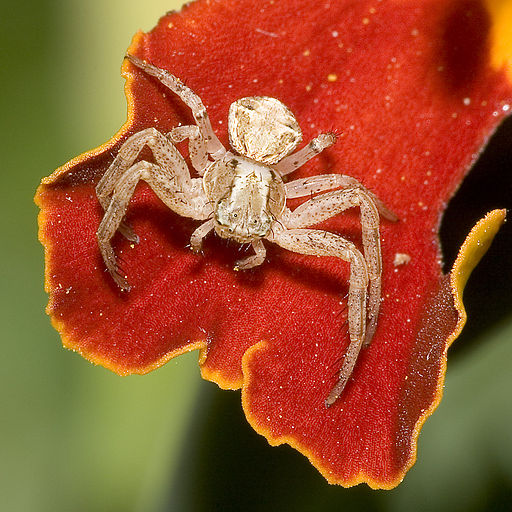SERVICE REQUEST?
Fill out the form below.
Find our nearest location

Crab Spider
Attribution: Olaf Leillinger,[CC-BY-SA-2.5, GFDL or CC-BY-SA-3.0], via Wikimedia Commons
Read What Our Clients
Are Saying
SERVICE REQUEST?
Fill out the form below.